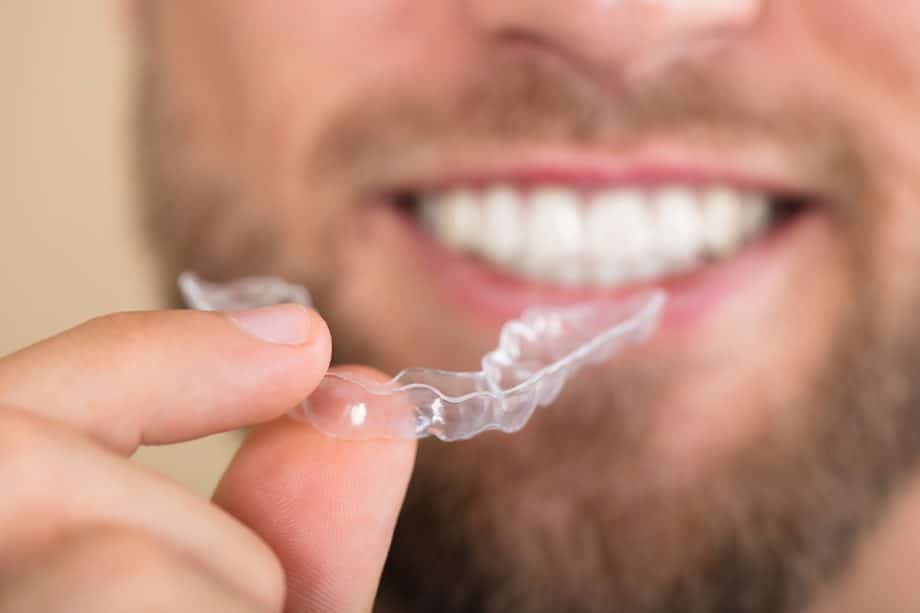For decades, metal braces were the only treatment available to correct imperfect smiles. Effective, yet obvious, and often uncomfortable, many generations wore braces to fix gapped teeth, crowded teeth, and other alignment problems. All that changed in 1998 when Invisalign earned FDA approval. In the time since, millions of adults, and more recently teens, were given a choice in orthodontic treatment. But what exactly is Invisalign, and how does it work?
Invisalign: An Overview of the Nearly Invisible Orthodontic Treatment
Invisalign uses a completely different alignment strategy than traditional braces. Instead of pulling your teeth into alignment via a wire threaded through brackets, Invisalign encourages the repositioning of teeth using a series of alignment trays.
Your first set of Invisalign trays will be slightly more aligned than your teeth when you begin wearing them. As you wear the tray most hours of the day, your teeth gradually shift to accommodate the tray. This process continues as you progress through your Invisalign trays, with each tray slightly pressuring your teeth to move into a straighter alignment.
Your trays may be designed to accommodate Invisalign buttons. Buttons are small dots made of resin that match your teeth’s natural color. They are bonded to the surface of teeth that need extra pressure to move into alignment.
How Invisalign Works for Bite Issues
Aligning the teeth may correct minor bite issues. In other cases, your Invisalign may come with “mandibular advancement,” commonly called Invisalign wings. Wings work by pushing the lower jaw a bit forward when you bite down. This helps to correct an overbite.
Elastics (AKA rubber bands) may also be used as part of your Invisalign treatment. Elastics may be necessary if you have an underbite, overbite, crossbite, or open bite. There are a variety of ways that the elastics may connect your upper and lower jaw. For example, to treat an underbite, your elastics may be attached to your upper molars and your lower canines, to bring the lower jaw back. For an open bite, elastics may connect the upper front teeth to the lower front teeth.
Tips for Choosing the Right Orthodontic Treatment
If you have misaligned teeth, or a slight to moderate bite issue, you will likely have options for improving your smile and correcting your bite. To decide which treatment is best for you, ask yourself the following questions:
- Is eating whatever I want important to me?
- Am I responsible enough to wear my alignment trays for the recommended 20-22 hours per day?
- Am I prone to losing things?
- Will metal braces make me feel self-conscious?
Invisalign offers teens and adults the opportunity to eat whatever they want while undergoing orthodontic treatment. Because the trays are removable, patients can also thoroughly clean the entire surface and between each tooth. Most people won’t notice your Invisalign in person. They are also rarely noticeable in photos.
However, teens and adults who opt for Invisalign must be dedicated to following all instructions from their dentist. If you do not think you’ll wear your trays as instructed, braces are likely a better option. If you tend to misplace things, having traditional braces cemented to the teeth may be a wiser decision. If you are unsure which treatment is best for you, be honest with your dentist.
Invisalign Consultations for Teens and Adults in Westport, CT
Dr. Roisman is an experienced provider of Invisalign and Invisalign Teen. To schedule a consultation for teeth alignment and bite correction with Invisalign, call 203-227-6338 or send us a message to request an appointment.

